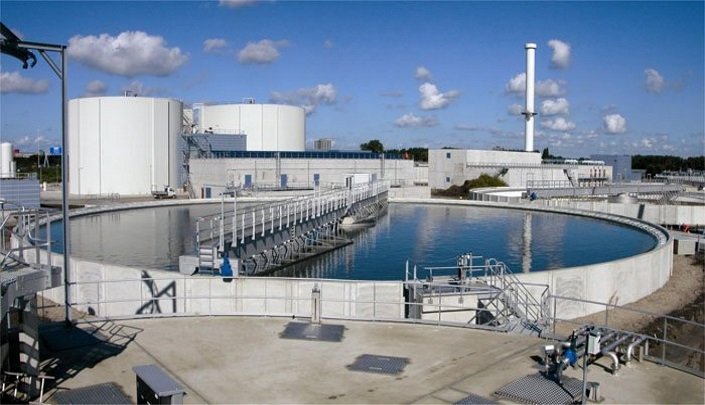

Water crisis has been ranking at the top five risks in the World Economic Forum’s Global Risks Report for eight years now. Bringing to light the challenges faced by India today, the statistics present that roughly one billion people are still deprived of piped water supply.
There has been a persistent drop in the seasonal rainfall India receives during the summer monsoon. Climate change will bring further edge, like the latest floods in Madhya Pradesh and Bihar along with droughts and scanty rainfall in flood vulnerable Chennai. We must recheck our actions before today’s water riots turn into tomorrow’s water wars with functional targets.
The latest formed Ministry of Jal Shakti (MoJS) — with the merger of the Water Resources and Drinking Water & Sanitation ministries — has announced ‘har ghar jal’ (water for all households) by 2024. Non-segregated demand- and supply-side management, designing of local infrastructure for rainwater harvesting, groundwater recharge and household wastewater management are the primary focus areas for water security.
Singapore has evolved a ‘Four Taps’ outlook — local catchment, reclaimed water (‘NEWater’), desalinated water and imported water — to manage its water woes. India needs to learn from the island city lessons of water conservation. But what could be India’s four taps?
1. Rain water: Urban planning and water management must be consolidated so that our cities act like a sponge and holds on to the entire surface water runoff. Studies show that sustainable urban drainage systems (SUDS), with infrastructure like retention ponds, bio-swales and absorbent pavements, have a perceptible positive influence on the standard and quantity of aquifers in the catchment. Rainwater recharge will create a groundwater bank to supplement piped water.
This will also determine the issue of flood catastrophe in peak monsoons. This is necessary as groundwater is getting exhausted even in water-surplus states like Assam, Bihar and Uttar Pradesh, because the reloading rate is much lesser than the abstraction.
2. Desalinated water: Once considered an expensive and final option for water lacking countries, desalination technology has evolved amazingly over the past few years. Use of solar power for operation could further lower the cost and reduce emissions. A coastal water highway with a network of pipes for transporting desalinated water to the the back of beyond along with huge desal projects could be the next visionary plan.
3. Scaling use of recovered water: Nearly 110 billion litres of sewage is generated every day, of which only 18-20% is treated. Extraction of fresh water can be dramatically reduced if this wastewater was recycled. The power ministry mandates thermal power plants to use treated wastewater. The Gujarat government has set a model by launching the ‘Reuse of Treated Waste Water Policy’, with the objective to reduce the state’s vulnerability on freshwater.
With the affordable pricing and private sector management in place, existing sewage treatment plants (STPs) can yield higher valuation, better standard output and organization. The ‘build-operate-transfer’ (BOT) model can be used to recycle the money to build new STPs and transport infrastructure.
4. Preserving freshwater: Restoration of innumerable water bodies that are either drying up, getting trespassing by unauthorised settlements, or contaminated by solid waste and sewage, exposes a greater challenge.
The National Plan for Conservation of Aquatic Eco-Systems was launched by the Ministry of Environment, Forest and Climate Change (MoEFCC) for the conservation of lakes and has been obtained by Jal Shakti. The National Green Tribunal (NGT) should also safeguard that no water bodies are exploited.
Capex-based schemes like the Atal Mission for Rejuvenation and Urban Transformation (AMRUT) and Jawaharlal Nehru National Urban Renewal Mission (JNNURM) should be prevented, while private sector participation should be fuelled to achieve financial viability in water supply. Research has verified that universal coverage with 24×7 water supply, along with the right pricing, leads to more effective use of water.
In addition to the above divided approach, affordable pricing of water is going to be critical. Most solutions in the water sector will become feasible if the water tariff is justified. Achieving equity in water availability and pricing is necessary in all the states, irrespective of their water situation. Private sector participation can be grasped to produce sensible outcomes and slightly be a solution to the belt of serious water issues.
Since water is a state subject, any central funding and grant should be linked to expenditure reforms and individual participation.




























